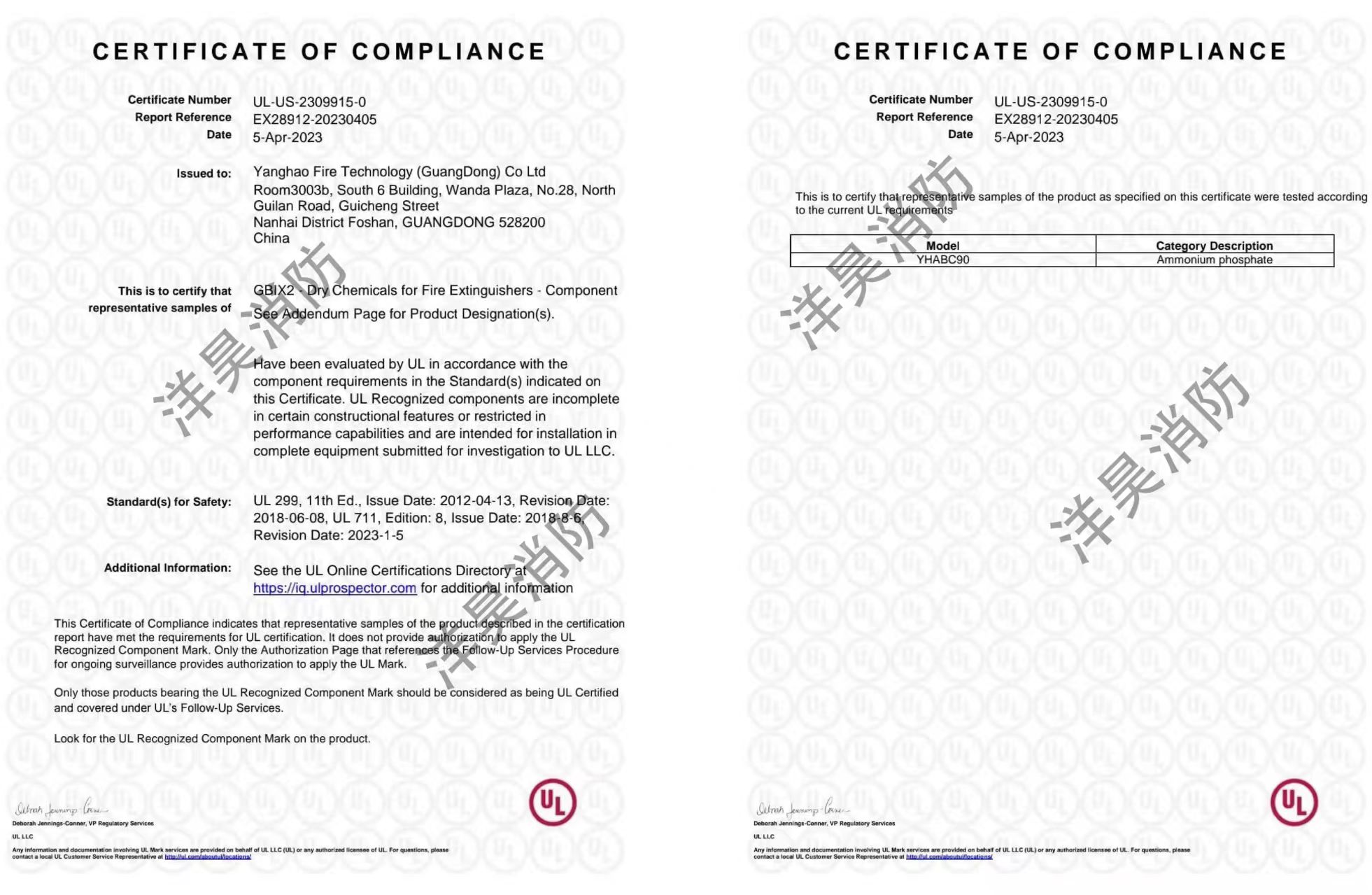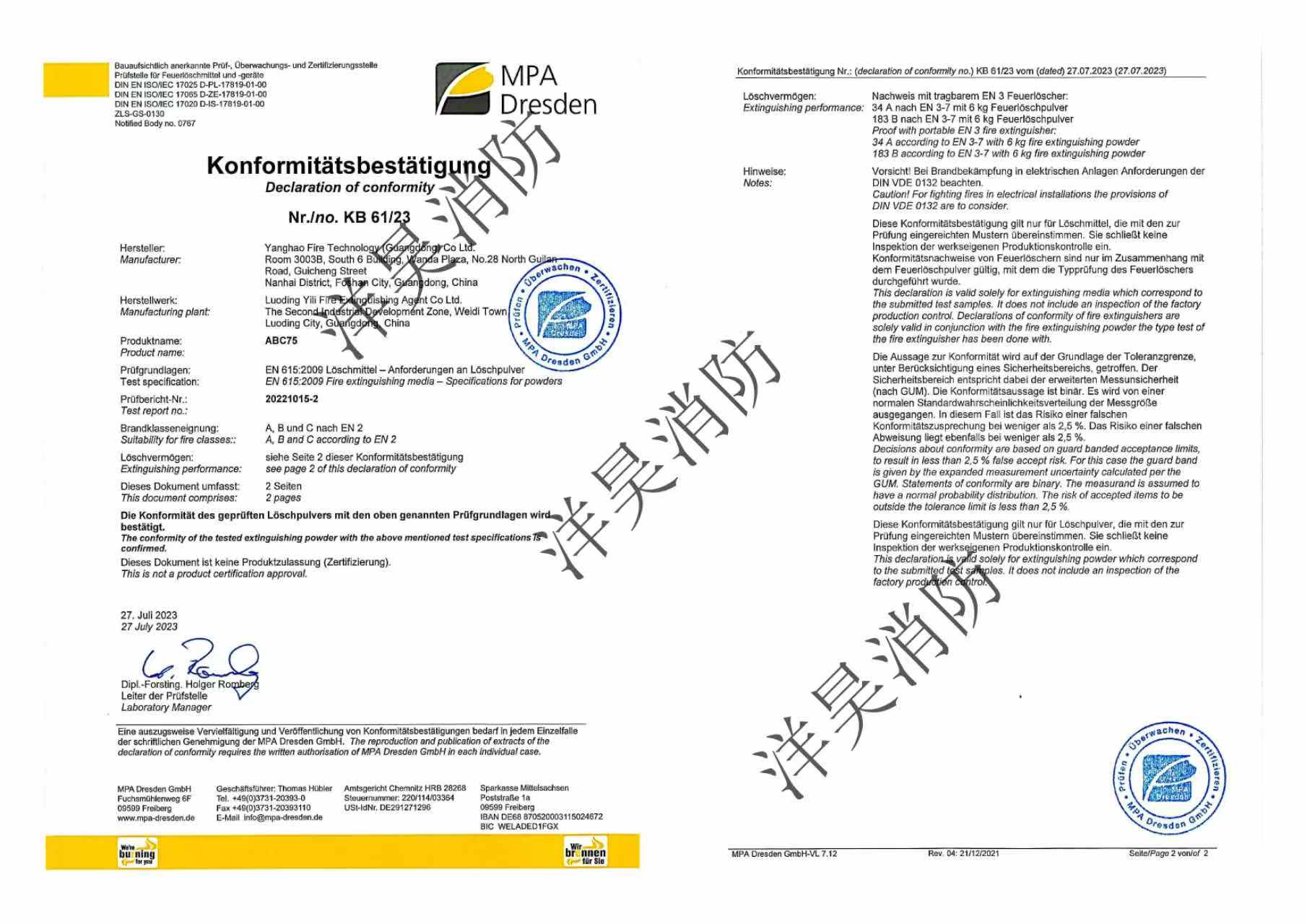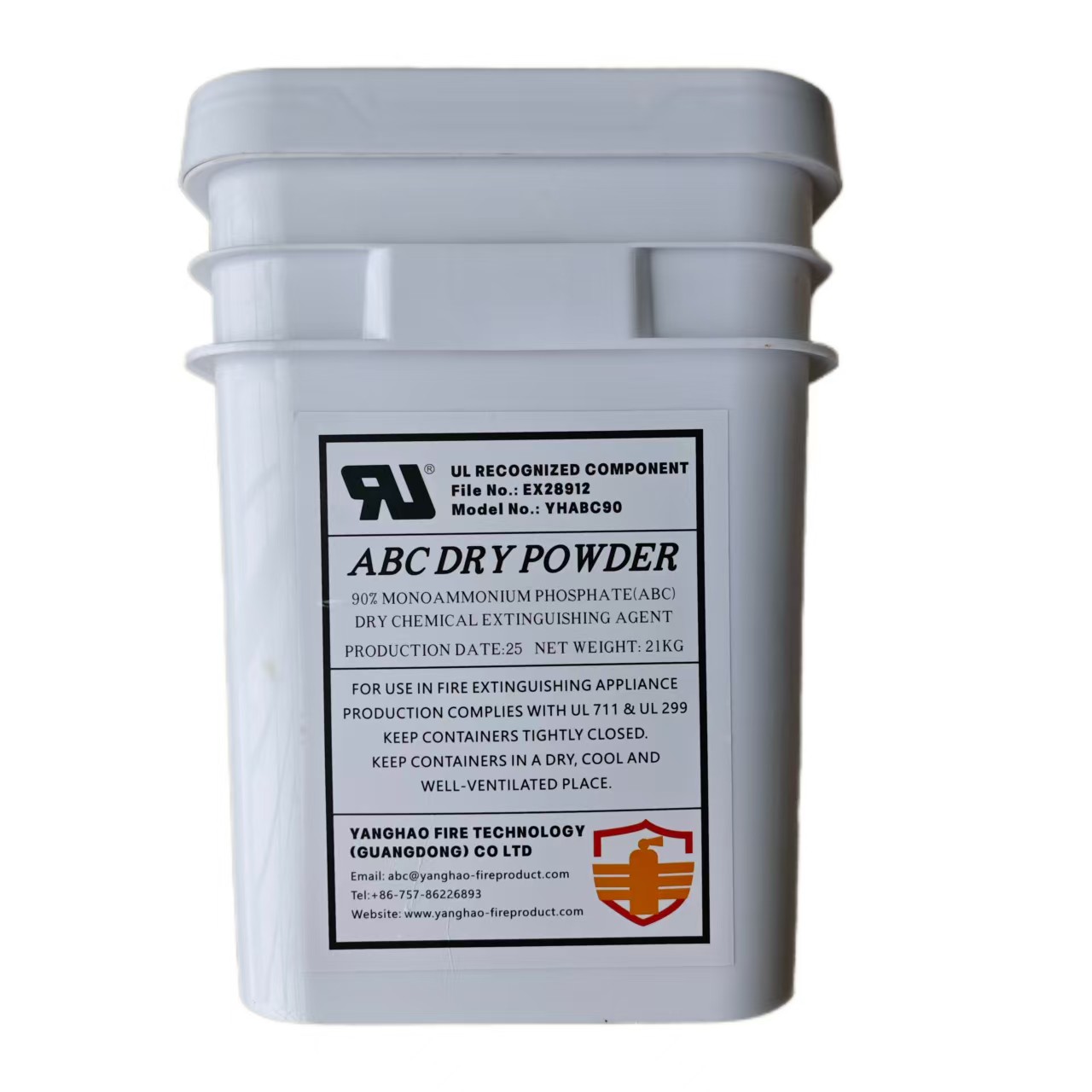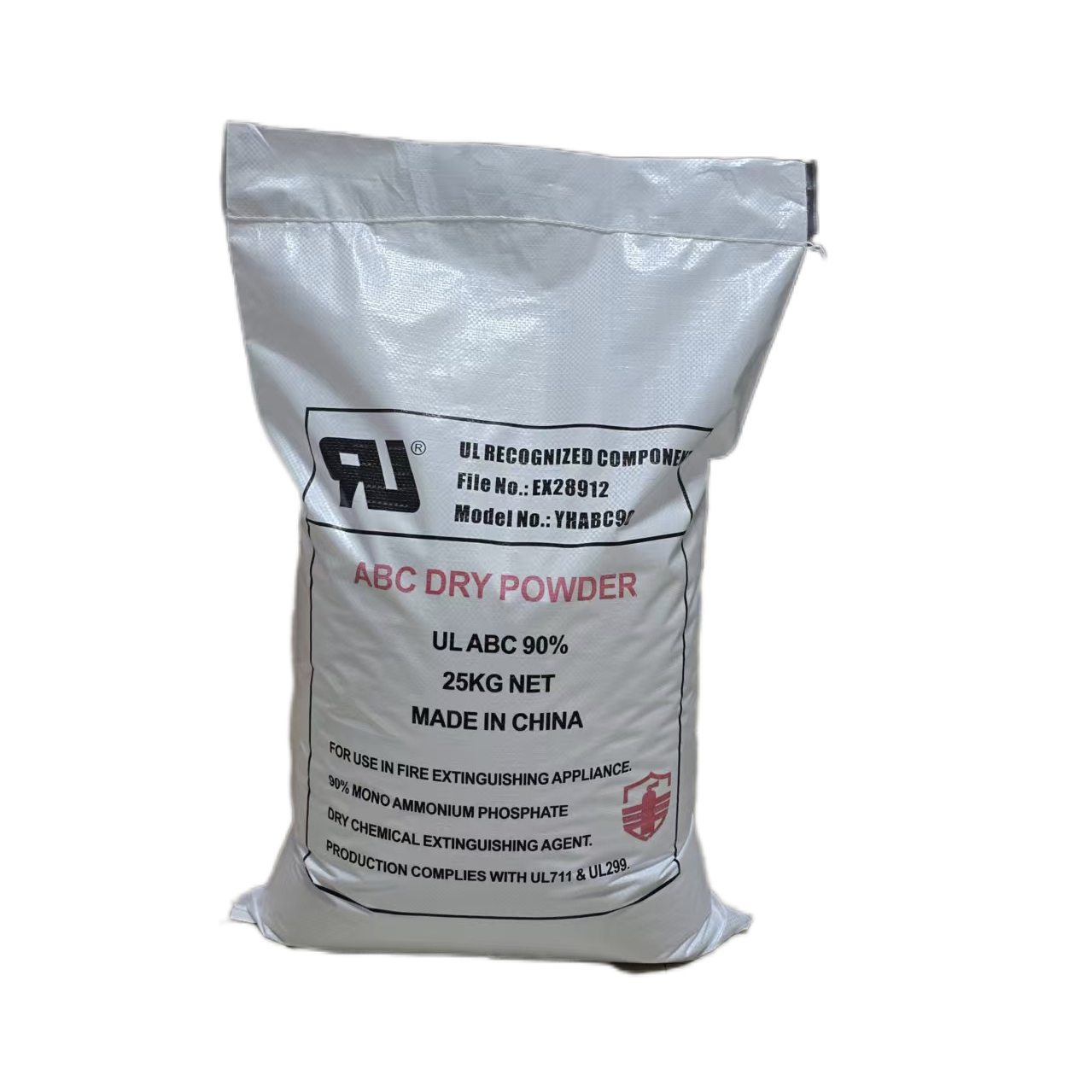Introduction
In today's globalized marketplace, businesses dealing with dry powder fire extinguishing agents must cater to a wide range of buyer requirements and regulatory frameworks. Whether exporting to North America, Europe, the Middle East, or Southeast Asia, suppliers face a complex web of expectations tied to fire suppression standards, chemical compositions, and performance ratings. This blog explores what different international buyers prioritize when sourcing fire protection chemicals, the regulatory landscape they operate in, and how exporters can best position their products in the global market.
1. What Buyers Look for in Dry Powder Fire Extinguishing Agents
A. Efficiency in Fire Suppression
A key concern for all buyers is how effective the dry powder fire extinguishing agent is against various types of fires—especially Class B (flammable liquids) and Class C (electrical equipment). Many buyers look for agents like Purple K or ABC dry powder that are well-regarded for their fast knockdown ability. The expectation is a product that can rapidly interrupt the chemical reaction of a fire and minimize property damage.
B. Compliance with National and International Standards
Buyers need reassurance that the fire protection chemicals meet established fire suppression standards. Certifications such as:EN615 (EU), UL299 and UL711 (USA), ISO, and MSDS…are often prerequisites for import clearance and product acceptance. Exporters must provide supporting documentation to verify compliance.
C. Chemical Stability and Shelf Life
In regions with extreme climates, especially in Africa and the Middle East, buyers prefer dry powder fire extinguishing agents that remain chemically stable over time. Shelf life becomes a key concern, with most buyers demanding a minimum of 5 years under proper storage conditions.
D. Environmental and Health Concerns
With rising global awareness, buyers increasingly care about the environmental impact of fire protection chemicals. They seek agents free from toxic ingredients, heavy metals, or ozone-depleting substances. The availability of eco-friendly dry powder fire extinguishing agents can be a strong selling point, especially in the EU and North America.
 |  |
2. Regional Standards for Dry Powder Fire Extinguishing Agents
A. European Union (EU)
Europe's regulatory environment is one of the most stringent in the world. Buyers require products that comply with:
EN615: European performance standard for portable fire extinguishers.
REACH Regulation: Ensures that the fire protection chemicals used are registered and not banned for environmental or health reasons.
CE Marking: Demonstrates conformity with EU health and safety legislation.
Buyers in Germany, France, and Scandinavia prioritize products that come with thorough test reports and third-party verification.
B. United States
In the U.S., fire suppression standards are governed by:
UL Listings (UL299 & UL711): Products must be tested by Underwriters Laboratories to ensure they meet fire performance
and safety criteria.
EPA Regulations: Buyers prefer agents that are non-corrosive, non-toxic, and compliant with environmental laws.
U.S. buyers also require detailed technical data sheets and MSDS documents to satisfy OSHA workplace safety rules.
C. Middle East and Africa
Buyers in countries like Saudi Arabia, UAE, and Egypt often follow regional or localized standards:
SASO (Saudi Arabia Standards Organization): Requires agents to be tested and certified by approved labs.
Hot Climate Adaptation: Products must function reliably in temperatures exceeding 50°C, a key reason dry powder fire
extinguishing agents are preferred in these regions.
D. Asia-Pacific
In countries like China, India, and Indonesia, there's growing alignment with international norms. However, domestic standards still prevail:
China: GB 4066 is the standard for dry powder fire extinguishing agents used in extinguishers.
South Korea: Requires KFI approval for all imported fire extinguishing products.
Buyers in this region often seek cost-effective solutions but still demand proof of quality and performance.
3. Exporter Strategies: How to Win Global Buyers
A. Maintain Transparent Certification
Invest in internationally recognized certifications. These not only demonstrate credibility but also reduce buyer hesitation. Maintain a certification library that includes:
Product Test Reports (EN615)
Material Composition Certificates
ISO and UL certifications
Third-party lab test results (MSDS)
Transparency about compliance builds buyer confidence and shortens negotiation cycles.
B. Provide Technical Support
Buyers often have questions about the properties of fire protection chemicals, especially when they're used in critical infrastructure like refineries, chemical plants, or data centers. Offering prompt technical support—such as safety advice, MSDS explanations, or usage recommendations—can set you apart.
4. Trends in Buyer Behavior
Shift Toward Green Chemistry: Buyers are exploring bio-based or non-toxic fire protection chemicals that have minimal
environmental impact.
Digital Documentation: Online access to test reports and MSDS documents is becoming a standard expectation.
Bundled Procurement: Many buyers are now sourcing extinguishing agents and hardware (like extinguishers or cylinders)
together to streamline logistics.
Conclusion
To succeed in exporting dry powder fire extinguishing agents, suppliers must understand both fire suppression standards and buyer requirements across regions. With the right blend of certifications, technical transparency, and flexibility, exporters can confidently meet the expectations of global clients. As demand for reliable fire protection chemicals grows worldwide, those who stay informed and proactive will lead the market—ensuring greater international fire safety for all.



